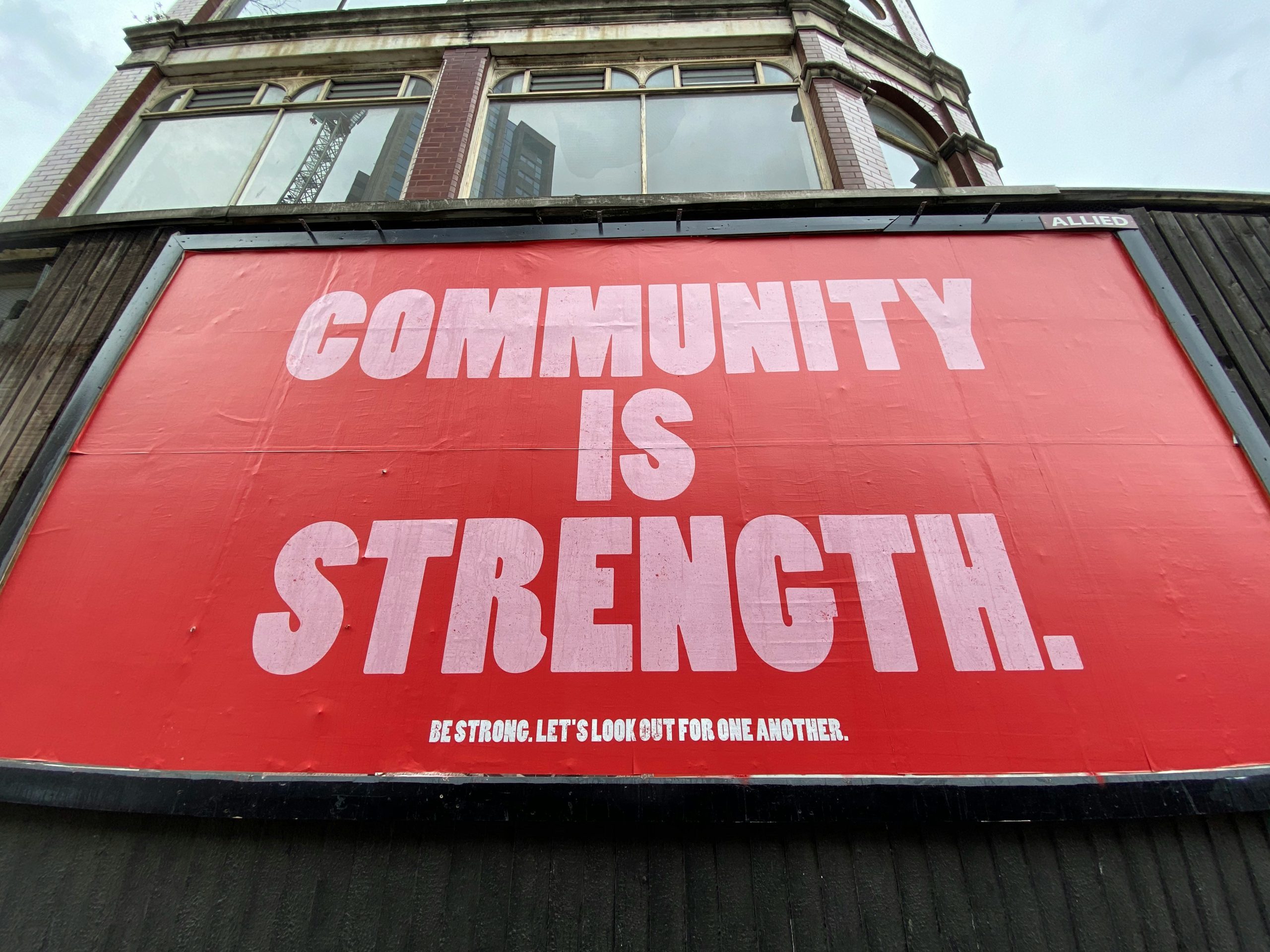
Community Engagement through Sports Programs
Sports have long been recognized not only for their physical and mental health benefits but also for their powerful ability to foster community engagement and social cohesion. Through well-designed sports programs, communities can address various social issues, promote inclusivity, and empower individuals of all ages. This article explores the multifaceted benefits of community engagement through sports programs, supported by examples and case studies.
Benefits of Sports Programs in Community Engagement
1. Health and Well-being: Regular physical activity reduces the risk of chronic diseases and improves overall well-being, contributing to healthier communities.
2. Social Inclusion: Sports programs provide opportunities for individuals from diverse backgrounds to come together, fostering social integration and reducing social isolation.
3. Youth Development: Engaging youth in sports promotes discipline, teamwork, and leadership skills, preparing them for future roles in society.
4. Crime Reduction: By offering constructive activities, sports programs can deter youth from engaging in delinquent behaviors and crime.
5. Community Pride and Identity: Local sports teams and events instill a sense of pride and identity in residents, strengthening community bonds.
Examples of Successful Community Sports Programs
1. Harlem Lacrosse – Founded in 2008, Harlem Lacrosse uses lacrosse as a platform to support academic achievement and leadership among at-risk youth in underserved communities.
2. Special Olympics – This global organization provides year-round sports training and athletic competition for individuals with intellectual disabilities, promoting inclusion and empowerment.
3. Street Soccer USA – Street Soccer USA uses soccer to empower homeless individuals and at-risk youth, promoting social mobility and health improvement through team sports.
Case Study: Harlem Lacrosse
Harlem Lacrosse has successfully integrated lacrosse with academic support to improve the lives of students in Harlem and other urban communities. By engaging students in lacrosse, the program not only improves physical fitness but also provides mentoring, tutoring, and college preparation services. This holistic approach has shown significant positive outcomes, including improved school attendance, academic performance, and graduation rates.
Challenges and Considerations
While sports programs offer numerous benefits, they also face challenges such as funding limitations, access to facilities, and sustainability. It’s crucial for organizations to collaborate with local stakeholders, secure diverse funding sources, and ensure program continuity to maximize long-term impact.
Conclusion
Community engagement through sports programs is a powerful tool for promoting health, social inclusion, and overall well-being. By leveraging the universal appeal of sports, communities can address various societal challenges and empower individuals to reach their full potential. Through continued investment and innovation, sports programs can serve as catalysts for positive change, creating stronger, more resilient communities worldwide.



